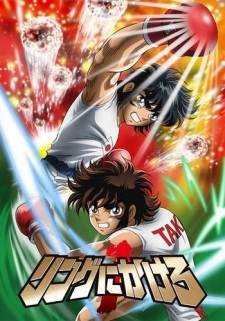
Ring ni Kakero 1
Summary: In order to fulfill their dead father's wish, the siblings Takane Kiku and Takane Ryuji aim for the champion title of the boxing arena. Their sister, Kiku, will act as the trainer while her brother, Ryuji, will concentrate on the role of the boxer and learn the Boomerang. His battle with many rivals has led to the growth and maturing of Ryuji. The junior high boxing tournament has begun and Ryuji will be fighting his arch-rival, Kenzaki Jun. The battle begins.
(Source: ANN)
Description
In order to fulfill their dead father's wish, the siblings Takane Kiku and Takane Ryuji aim for the champion title of the boxing arena. Their sister, Kiku, will act as the trainer while her brother, Ryuji, will concentrate on the role of the boxer and learn the Boomerang. His battle with many rivals has led to the growth and maturing of Ryuji. The junior high boxing tournament has begun and Ryuji will be fighting his arch-rival, Kenzaki Jun. The battle begins.
(Source: ANN)
Ring ni Kakero 1 Pictures
Ring ni Kakero 1 Review
Ring ni Kakero 1 — In order to fulfill their dead father's wish, the siblings Takane Kiku and Takane Ryuji aim for the champion title of the boxing arena. This overview is intentionally spoiler-free and focuses on tone and intent rather than plot specifics.
Thematically, It sits firmly within Sports conventions as a TV work and has garnered attention (MAL score: 6.35). This work explores character dynamics, tonal shifts, and the interplay between narrative ambition and execution. The story's pacing and tonal choices are crafted to complement the central ideas, often emphasizing atmosphere and emotional truth over explicit exposition. The show's ability to evoke a consistent mood — whether melancholic, exuberant, or contemplative — is a recurring strength, and the scenes are constructed so viewers can infer stakes without needing explicit spoilers.
Characterization is a core pillar here. Protagonists and supporting figures are written with distinct motivations and narrative roles; even when archetypal, the series invests in small behavioral details that make choices feel earned. Character arcs are handled with an eye for gradualism: development often arrives through incremental beats rather than abrupt, expository shifts. The interactions between characters create texture, and relationships are used to illuminate both personal flaws and larger thematic concerns.
On the visual front, production values play a significant role. The animation quality varies by sequence but frequently showcases thoughtful direction and composition. Background art, framing, and color palettes are used deliberately to support tone — quieter scenes favor muted palettes while action or heightened emotional beats employ brighter, more kinetic visuals. Direction choices, such as camera movement and shot selection, often elevate scenes beyond their raw script, creating moments that linger in the viewer's mind.
The soundscape — score, incidental music, and sound design — complements the visual language. Music cues are placed to maximize emotional resonance without manipulating the audience with melodrama; this restraint often leads to more authentic emotional payoff. Sound design punctuates key moments, and when the series leans on silence, those quieter moments are given weight by measured audio choices.
Pacing and structure are handled with craft. Episodes are arranged to build tension and release methodically, and the narrative rarely rushes through important emotional beats. That said, the deliberate pacing may feel slow to viewers who prefer faster plot turnover; the reward is greater nuance and an accumulation of meaning across the series. Accessibility is generally good — one can appreciate surface-level pleasures, while repeat or attentive viewing reveals additional layers.
No title is without flaws. Occasional unevenness in subplots or variable animation across episodes can be distracting. Some tonal shifts might feel abrupt if you expect uniformity; others will argue that those shifts are purposeful. These are worth noting, but they seldom undercut the larger achievements of the work.
In sum, Ring ni Kakero 1 offers a rich experience for viewers who value character-driven storytelling, considered visual design, and a soundtrack that supports rather than overwhelms. For fans of Sports, this is an especially rewarding watch. It's recommended for those who appreciate layered narratives and artistry in animation, and best approached with patience and attention to nuance.
Characters & Voice Actors

Kenzaki, Jun
Main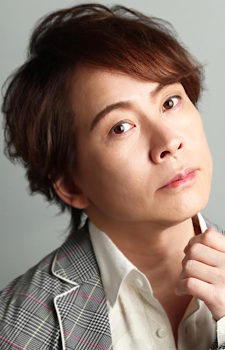

Takane, Kiku
Main

Takane, Ryuuji
Main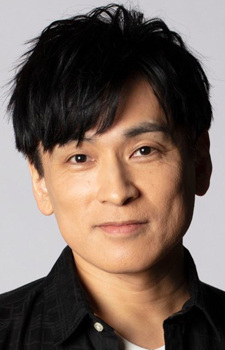

Baroa, Napoleon
Supporting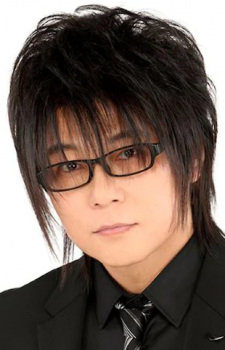

Führer Scorpion
Supporting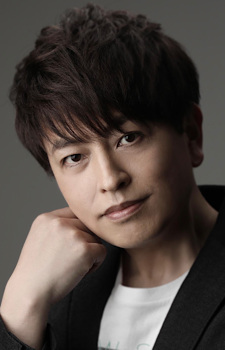

Helga
Supporting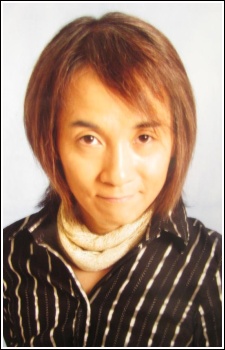

Katori, Ishimatsu
Supporting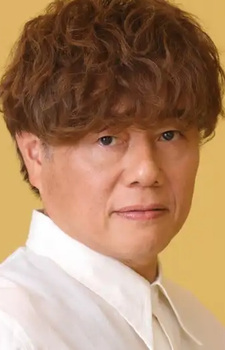

Kawai, Takako
Supporting

Kawai, Takeshi
Supporting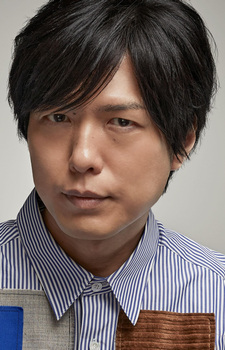

Kimura, Sachiko
Supporting

Kurumada, Masami
Supporting

Mickey
Supporting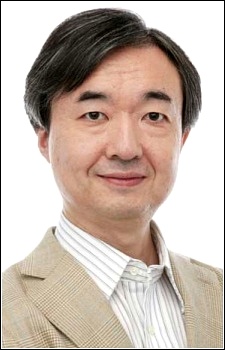

Referee
Supporting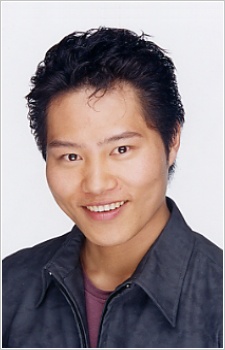

Shaft, Black
Supporting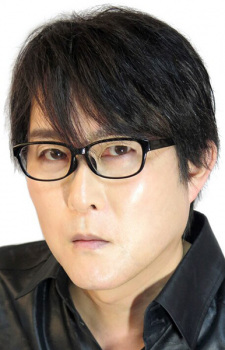

Shinatora, Futaba
Supporting

Shinatora, Kazuki
Supporting

Shinatora, Kazuki
Supporting

Shinatora's Father
Supporting

Takane, Chiyo
Supporting
Staff

Komura, Toshiaki
Director

Iwai, Takao
Episode Director

Koga, Gou
Episode Director

Matano, Hiromichi
Episode Director, Storyboard

Oonishi, Keisuke
Episode Director

Sasaki, Noriyo
Episode Director

Kuroda, Yousuke
Script, Series Composition

PSYCHIC LOVER
Theme Song Performance

Akiyama, Kentarou
Art Director

Araki, Shingo
Animation Director, Character Design

Chino, Kyouko
Chief Animation Director

Hasegawa, Hiroyuki
Art Director

Iijima, Yukiko
Art Director

Kurumada, Masami
Original Creator

Takahoko, Makoto
Animation Director

Tsujita, Kunio
Color Design

Ueda, Susumu
Music

Ushijima, Yuuji
Animation Director

Wada, Toshiya
Sound Effects

Yamazaki, Noriyoshi
Animation Director